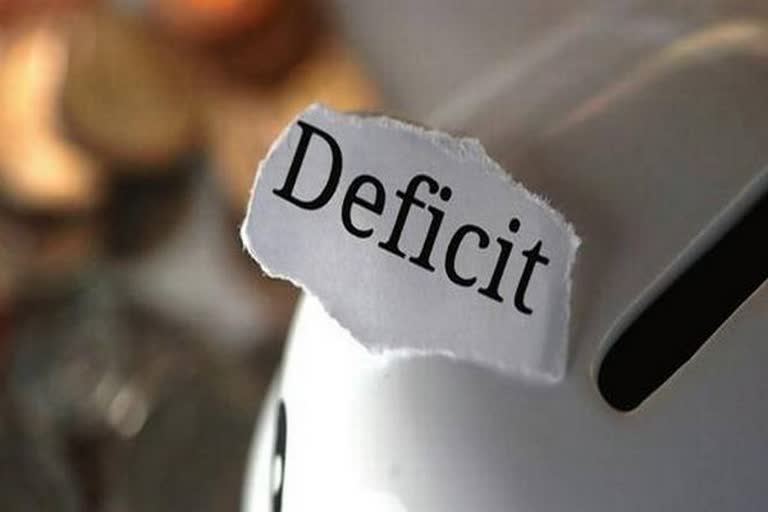New Delhi: Unfavourable trends in tax revenue collections suggest that a fiscal slippage in the current financial year 2019-20 (FY20) appears likely, according to investment information firm ICRA.
The fiscal deficit rose by 9.6 per cent to Rs 6.5 lakh crore in the April to September period (H1 FY20) from Rs 5.9 lakh crore in H1 FY19. This was equivalent to 92.6 per cent of the revised budget estimate for FY20, largely similar to the situation in H1 FY19 (92.2 per cent of the FY19 provisional accounts).
Gross tax revenues rose by a muted 1.5 per cent in H1 FY20, considerably undershooting the 18.3 per cent growth included in FY20 revised budget estimate, with a modest rise in direct taxes and a contraction in indirect tax collections.
The net tax revenues have grown by a somewhat faster 4.2 per cent in H1 FY20 since the taxes devolved to the states contracted by 3.4 per cent to Rs 3.1 lakh crore in H1 FY20 from Rs 3.2 lakh crore in H1 FY19.
The transfer of a higher-than-budgeted Rs 1.76 lakh crore from the Reserve Bank of India (RBI) has boosted the growth of non-tax revenues to 91.8 per cent in H1 FY20. This has cushioned the impact of the muted performance of the government's tax revenues on its overall revenue receipts.
The pace of government's expenditure growth has improved sharply, following the presentation of the Union Budget in July. The growth in revenue spending rose to 23.3 per cent in Q2 FY20 from 6.1 per cent in Q1 FY20.
Read more:NCAER projects Q2 GDP growth to decline to 4.9%
Moreover, capital expenditure and net lending expanded by a sharp 69.7 per cent in Q2 FY20 in contrast to the year-on-year contraction of 28.6 per cent in Q1 FY20.
"Looking ahead, we estimate that the gross tax revenues of the government will need to expand by a sharp 31.3 per cent in H2 FY20 to meet the FY20 revised budget estimate," said ICRA's Principal Economist Aditi Nayar.
"With both direct and indirect tax revenues reporting a subdued performance in the recent months, a mixed outlook for economic growth in H2 FY20 and the anticipated impact of the cut in corporate tax rates, ICRA expects the government's gross tax revenues to trail the FY20 revised budget estimate of Rs 24.6 lakh crore by a considerable Rs 2.5 lakh crore to 3 lakh crore," she said.
A portion of this will be shared by the states through lower tax devolution to them, added Nayar.
Moreover, taxes devolved to the states in FY19 were higher than required, as per ICRA's analysis. "Adjusting for this excess transfer of Central tax devolution in FY19, which we peg at around Rs 0.6 lakh crore to 0.7 lakh crore, we estimate the net Central tax shortfall at Rs 0.7 lakh crore to 1.3 lakh crore in FY20."
A portion of this shortfall will be offset by transfers from the RBI which are higher than budgeted by Rs 0.6 lakh crore.
"Therefore, we estimate the revenue receipts of the government to be Rs 0.1 lakh crore to 0.7 lakh crore lower than the FY20 revised budget estimate which can translate into a fiscal slippage of up to 40 basis points in FY20," said ICRA.
The extent to which disinvestment revenues can be shored up in H2 FY20 will be crucial in determining the final extent of fiscal slippage in the current year. Expenditure cuts may have to be undertaken to prevent the fiscal deficit from rising too sharply in FY20, which can emerge as a risk to the pace of economic growth in H2 FY20.
